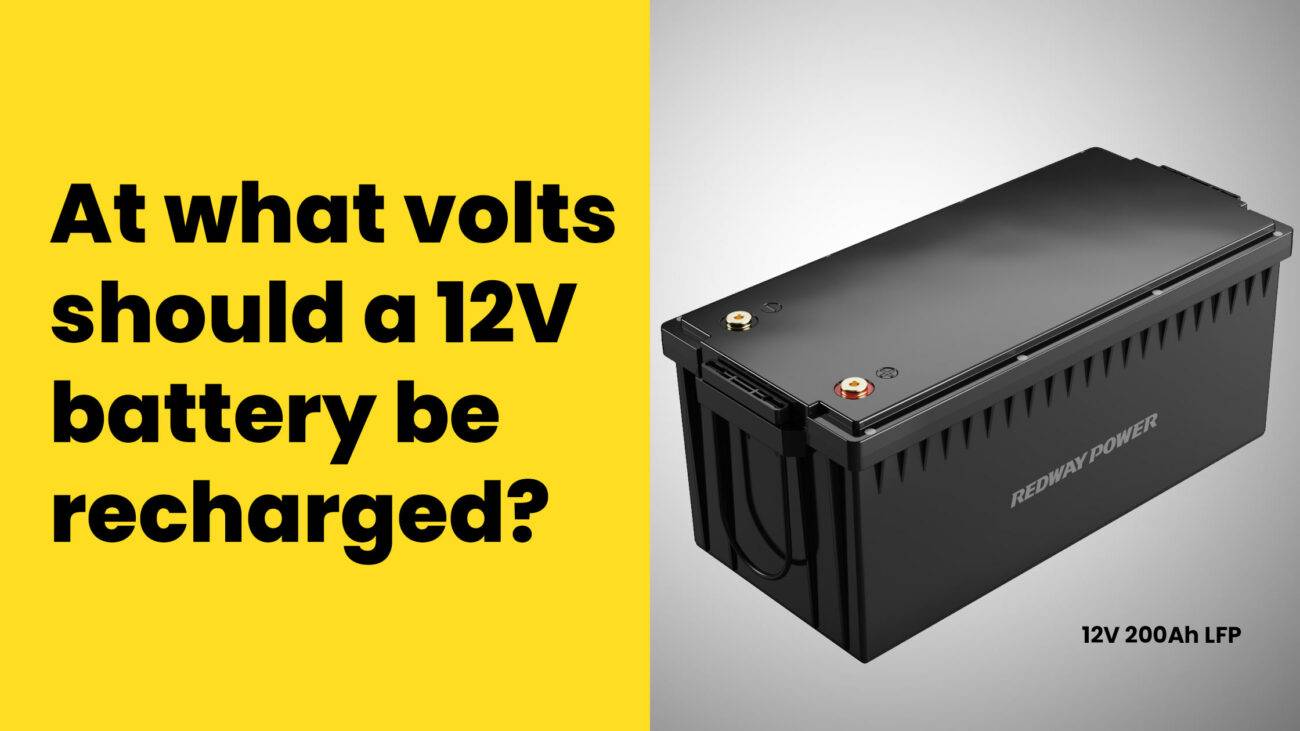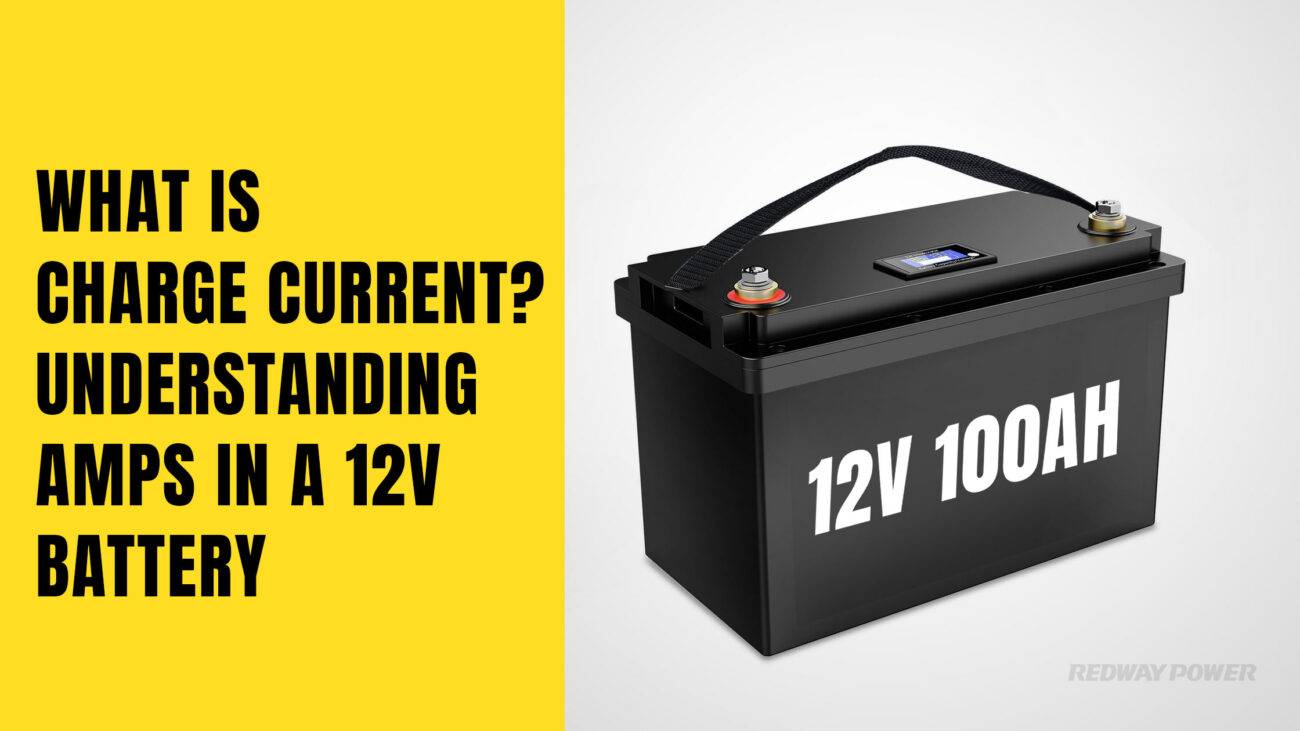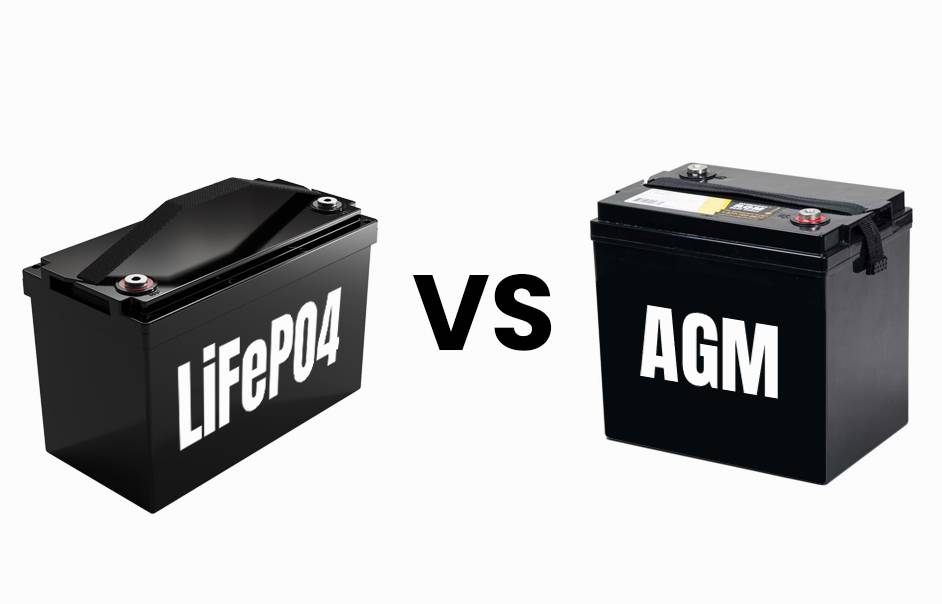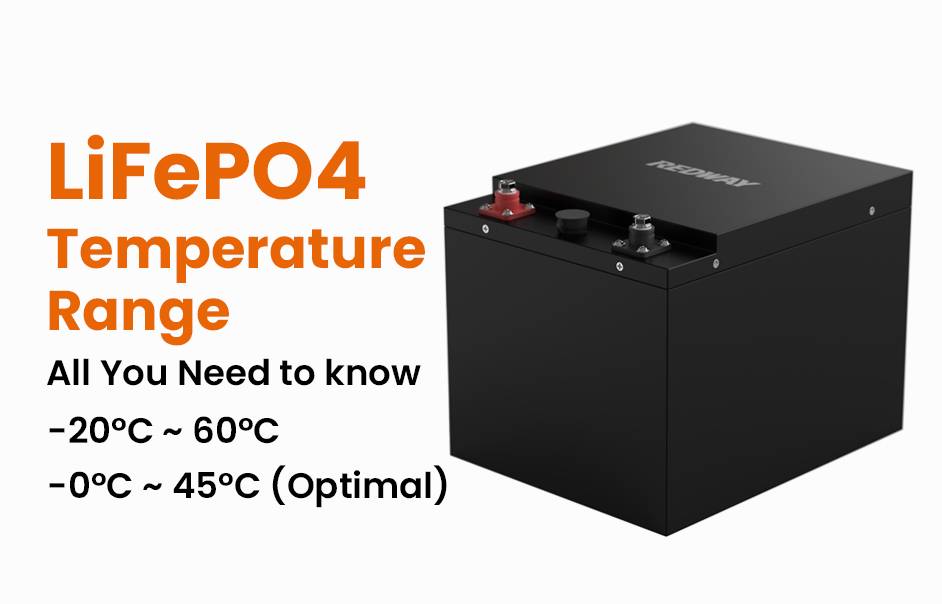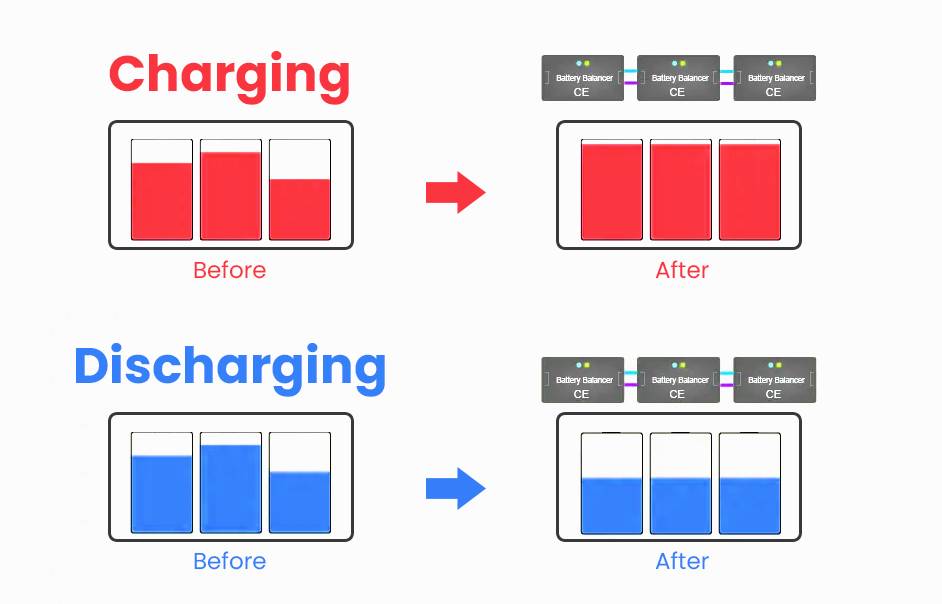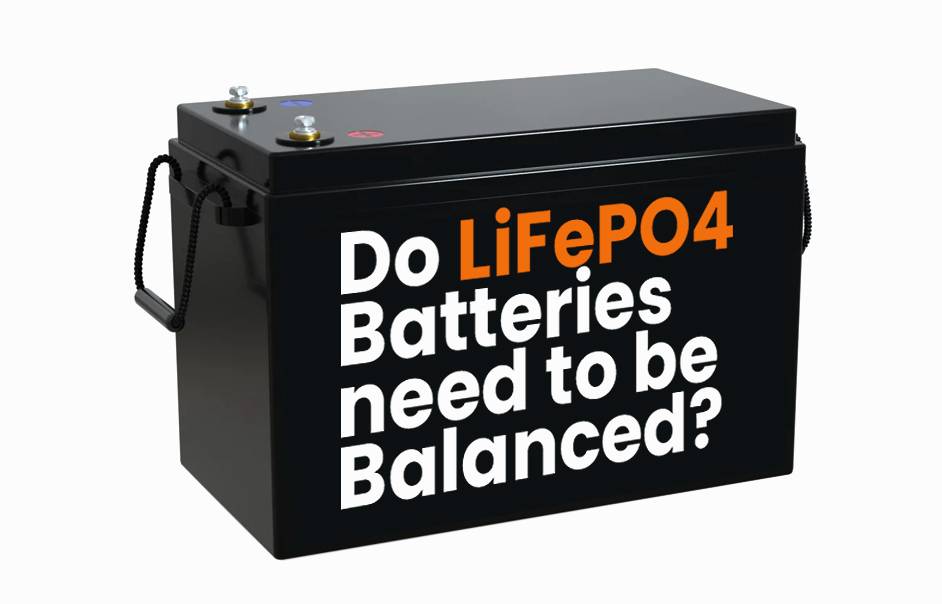- Forklift Lithium Battery
-
48V
- 48V 210Ah
- 48V 300Ah
- 48V 420Ah (949 x 349 x 569 mm)
- 48V 420Ah (950 x 421 x 450 mm)
- 48V 456Ah
- 48V 460Ah (830 x 630 x 590 mm)
- 48V 460Ah (950 x 421 x 450 mm)
- 48V 460Ah (800 x 630 x 600 mm)
- 48V 460Ah (820 x 660 x 470 mm)
- 48V 500Ah
- 48V 560Ah (810 x 630 x 600 mm)
- 48V 560Ah (950 x 592 x 450 mm)
- 48V 600Ah
- 48V 630Ah
-
48V
- Lithium Golf Cart Battery
- 12V Lithium Battery
12V 150Ah Lithium RV Battery
Bluetooth App | BCI Group 31
LiFePO4 Lithium
Discharge Temperature -20°C ~ 65°C
Fast Charger 14.6V 50A
Solar MPPT Charging - 24V Lithium Battery
- 36V Lithium Battery
- 48V Lithium Battery
-
48V LiFePO4 Battery
- 48V 50Ah
- 48V 50Ah (for Golf Carts)
- 48V 60Ah (8D)
- 48V 100Ah (8D)
- 48V 100Ah
- 48V 100Ah (Discharge 100A for Golf Carts)
- 48V 100Ah (Discharge 150A for Golf Carts)
- 48V 100Ah (Discharge 200A for Golf Carts)
- 48V 150Ah (for Golf Carts)
- 48V 160Ah (Discharge 100A for Golf Carts)
- 48V 160Ah (Discharge 160A for Golf Carts)
-
48V LiFePO4 Battery
- 60V Lithium Battery
-
60V LiFePO4 Battery
- 60V 20Ah
- 60V 30Ah
- 60V 50Ah
- 60V 50Ah (Small Size / Side Terminal)
- 60V 100Ah (for Electric Motocycle, Electric Scooter, LSV, AGV)
- 60V 100Ah (for Forklift, AGV, Electric Scooter, Sweeper)
- 60V 150Ah (E-Motocycle / E-Scooter / E-Tricycle / Tour LSV)
- 60V 200Ah (for Forklift, AGV, Electric Scooter, Sweeper)
-
60V LiFePO4 Battery
- 72V~96V Lithium Battery
- Rack-mounted Lithium Battery
- E-Bike Battery
- All-in-One Home-ESS
- Wall-mount Battery ESS
-
Home-ESS Lithium Battery PowerWall
- 24V 100Ah 2.4kWh PW24100-S PowerWall
- 48V 50Ah 2.4kWh PW4850-S PowerWall
- 48V 50Ah 2.56kWh PW5150-S PowerWall
- 48V 100Ah 5.12kWh PW51100-F PowerWall (IP65)
- 48V 100Ah 5.12kWh PW51100-S PowerWall
- 48V 100Ah 5.12kWh PW51100-H PowerWall
- 48V 200Ah 10kWh PW51200-H PowerWall
- 48V 300Ah 15kWh PW51300-H PowerWall
PowerWall 51.2V 100Ah LiFePO4 Lithium Battery
Highly popular in Asia and Eastern Europe.
CE Certification | Home-ESS -
Home-ESS Lithium Battery PowerWall
- Portable Power Stations
Charging a Lithium Iron Phosphate (LiFePO4) Battery: Step-by-Step Guide
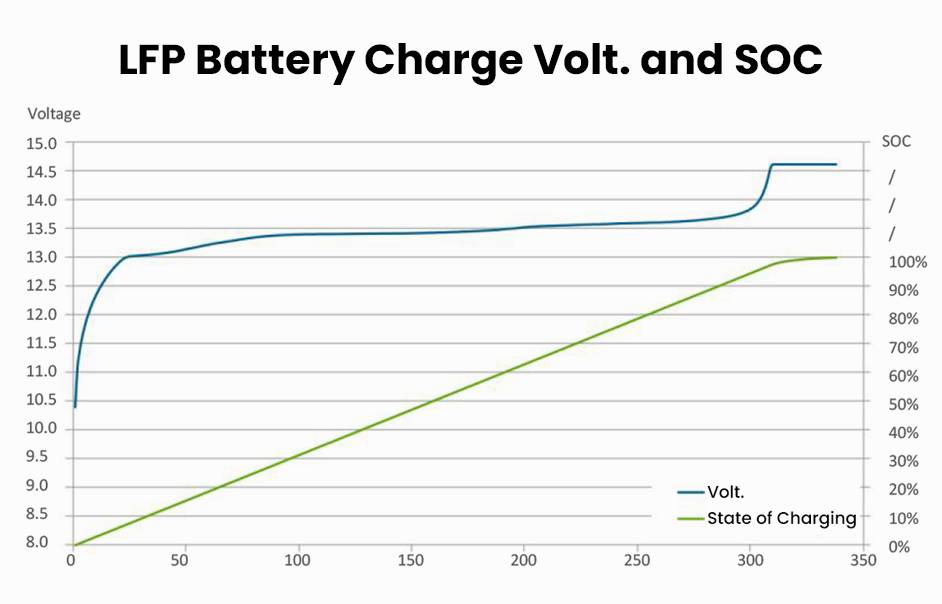
Lithium Iron Phosphate (LiFePO4) batteries are increasingly popular due to their safety, longevity, and performance characteristics, particularly in applications like electric vehicles and renewable energy systems. This comprehensive guide will explore their features, charging processes, advantages, disadvantages, and maintenance needs.
What Is a Lithium Iron Phosphate (LiFePO4) Battery?
A Lithium Iron Phosphate (LiFePO4) battery is a type of rechargeable lithium-ion battery that utilizes lithium iron phosphate as its cathode material. Known for its stable chemical composition and safety features, this battery type is widely used in various applications requiring reliable energy storage.
What Are the Key Features of LiFePO4 Batteries?
Key features of LiFePO4 batteries include:
- Nominal Voltage: Approximately 3.2V per cell.
- Cycle Life: Can last up to 2000 cycles or more with proper care.
- Thermal Stability: Excellent thermal stability minimizes risks associated with overheating.
- These features make them suitable for high-demand applications where safety and longevity are critical.
How Does the Charging Process Work for LiFePO4 Batteries?
The charging process for LiFePO4 batteries typically follows a CCCV (Constant Current Constant Voltage) method:
- Constant Current Phase: The battery is charged at a constant current until it reaches a specified voltage (usually around 3.6V).
- Constant Voltage Phase: Once this voltage is reached, charging continues at constant voltage until the current drops below a certain threshold (often around 0.05C), indicating full charge.
This method ensures efficient charging while preventing overcharging.
What Are the Advantages of LiFePO4 Batteries?
Advantages include:
- Safety: Lower risk of thermal runaway compared to other lithium-ion chemistries.
- Longevity: Longer cycle life translates to reduced replacement costs over time.
- Stable Discharge Characteristics: Provides consistent power output throughout its discharge cycle.
- These benefits make them an attractive option for various applications requiring dependable power sources.
What Are the Disadvantages of LiFePO4 Batteries?
Disadvantages may include:
- Lower Energy Density: Compared to other lithium-ion batteries like lithium cobalt oxide, they have lower energy density.
- Higher Initial Costs: While they offer long-term savings through durability, their upfront cost can be higher than traditional lead-acid batteries.
These factors should be considered when selecting batteries for specific applications.
How Do LiFePO4 Batteries Compare to Other Lithium Batteries?
When comparing with other lithium batteries:
- Energy Density: While lithium-ion batteries like lithium cobalt oxide provide higher energy density, they come with increased risks.
- Safety: LiFePO4 batteries are more stable and less prone to overheating or combustion.
This makes them suitable for applications where safety is paramount.
What Are the Applications of LiFePO4 Batteries?
Common applications include:
- Electric vehicles due to their long lifespan and safety features.
- Renewable energy systems for solar power storage where reliability is key.
- Power tools that require lightweight yet powerful battery solutions.
These applications benefit from the unique properties of LiFePO4 technology.
What Safety Precautions Should Be Taken When Charging LiFePO4 Batteries?
Safety precautions during charging include:
- Using chargers specifically designed for lithium iron phosphate technology.
- Avoiding overcharging by monitoring voltage levels closely during charging cycles.
- Ensuring proper ventilation during charging to dissipate any heat generated effectively.
How Do Temperature Conditions Affect LiFePO4 Battery Performance?
Temperature significantly impacts performance:
- High temperatures can accelerate degradation processes within the battery.
- Cold temperatures may reduce capacity temporarily; however, unlike some other chemistries, performance remains relatively stable across moderate temperature ranges.
Maintaining optimal temperature conditions can enhance overall performance and lifespan.
What Maintenance Is Required for LiFePO4 Batteries?
Maintenance practices involve:
- Regularly checking connections and terminals for corrosion or damage.
- Monitoring charge levels to ensure optimal performance.
- Keeping batteries clean and free from debris that could affect their operation.
What Innovations Are Emerging in Lithium Battery Technology?
Emerging innovations focus on:
- Developing advanced materials that improve efficiency and reduce costs.
- Enhancing recycling processes aimed at minimizing environmental impact during disposal.
- Improving battery management systems that optimize charging cycles based on real-time data analytics.
Expert Views:
“Understanding how to effectively charge and maintain your lithium iron phosphate battery can significantly enhance its lifespan,” states an expert in energy storage solutions. “Proper care not only maximizes performance but also ensures safety.”
FAQ Section
- Can I use any charger for my LiFePO4 battery?
- No, it’s essential to use chargers specifically designed for lithium iron phosphate batteries to avoid damage.
- How long do these batteries typically last?
- With proper care, LiFePO4 batteries can last up to 10 years or more depending on usage patterns and maintenance practices.
- Are there any health risks associated with using these batteries?
- When handled properly, there are minimal health risks; however, improper handling or damage can lead to hazards such as fire or chemical exposure.
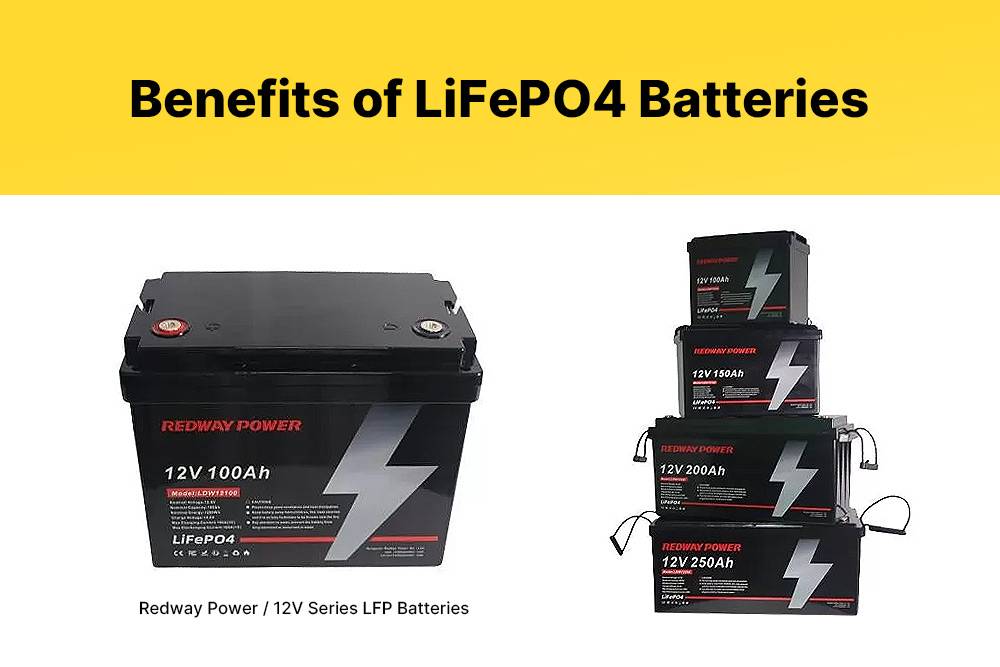
How to Start a Mobile EV Charging Business?
How Long Does It Take to Charge an Electric Vehicle (EV)?
The charging time for an electric vehicle (EV) varies based on factors such as the power output of the charging station, the battery capacity, and the charging level used. Typically, it takes several hours to fully charge an EV, but the exact time can vary. It is recommended to use high-power charging stations for faster charging.
Why Should Charger Match Battery Chemistry?
Matching the charger to the battery chemistry is crucial to ensure proper and safe charging. Different battery chemistries, such as lithium-ion or lead-acid, have unique charging requirements. Using a charger specifically designed for the battery chemistry helps prevent damage and ensures efficient charging. It is essential to follow the manufacturer’s recommendations and use the appropriate charger for your battery type.
Can You Use a 24V Charger to Charge a 12V Battery?
It is not recommended to use a 24V charger to charge a 12V battery. The charger’s voltage should match the battery’s voltage for safe and efficient charging. Using a charger with a higher voltage can cause overcharging and potentially damage the battery. To ensure proper charging, always use a charger specifically designed for the voltage of the battery.


















